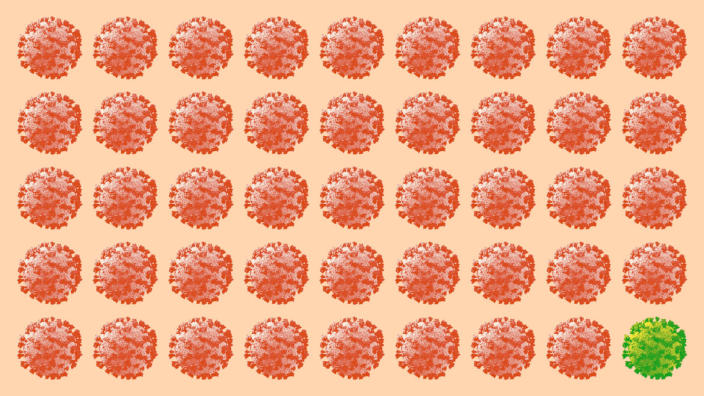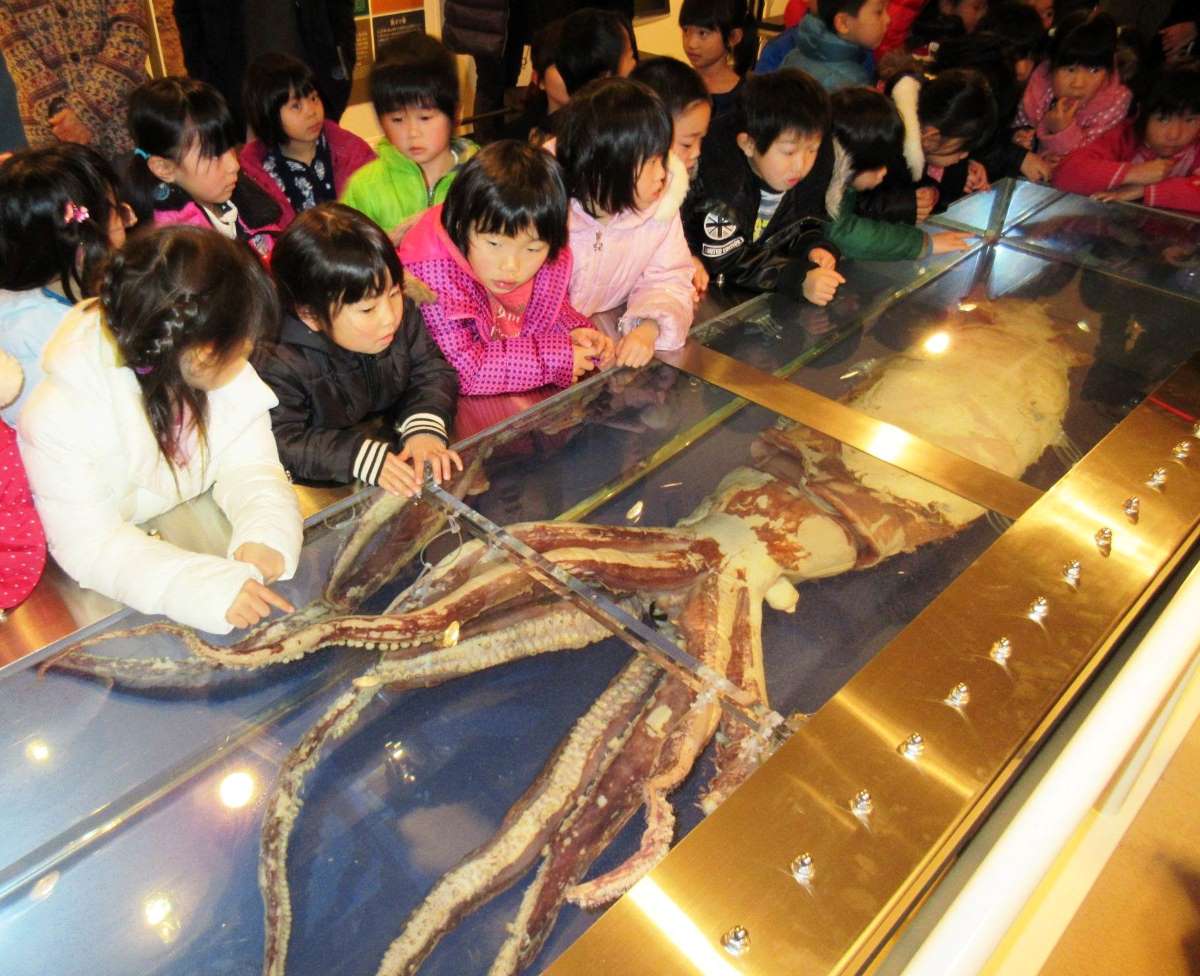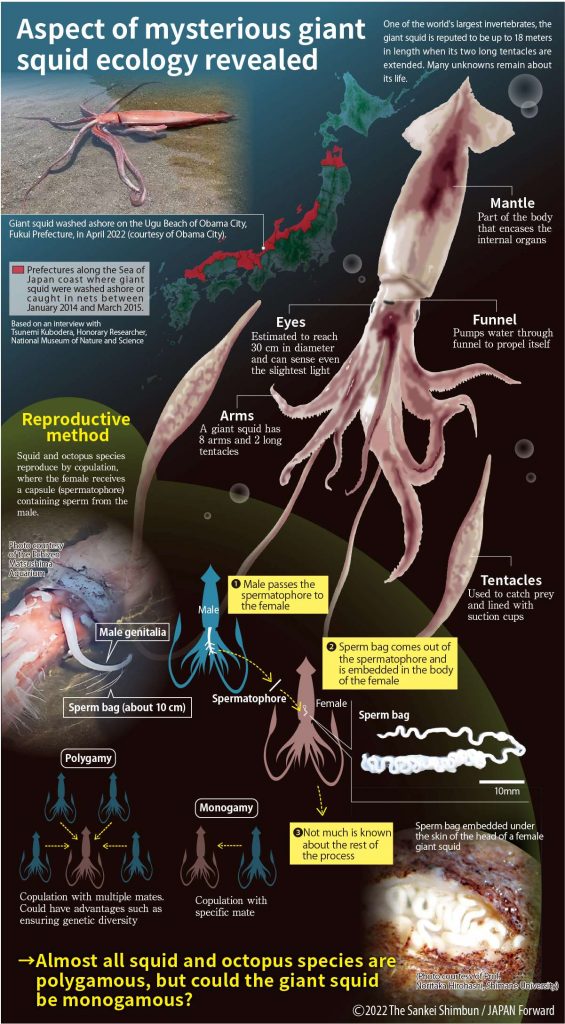Mon, January 30, 2023
BURGEO — From Matador Mining and the Cape Ray Gold Project to Atlantic Minerals Ltd. and the Lower Cove Mine on the West Coast, the mining industry has been growing in Newfoundland and Labrador, and it appears that trend will continue. A joint venture near Burgeo has uncovered another significant mineral outcropping – lithium.
Andrew Parsons, Minister of Industry, Energy and Technology, said there are two companies presently involved in the discovery.
“One of them being Sokoman (Minerals Corp.) and Benton (Resources Inc.). It’s a joint play and they have what is called the Golden Hope Project. They are just west of the Burgeo highway and just north of Burgeo, and they’ve actually made an initial discovery, and they are very excited about what they’ve found, but it’s really early on,” said Parsons. “Since that time I’ve been made aware of another company called MLK Gold who are looking for the same thing in the same vicinity.”
Timothy Froude, President, CEO and Director of Sokoman Minerals Corp. said the companies are equal partners on the project.
“It’s a very large property and we staked it in the spring of 2021. It covers about 750 square kilometres and it straddles the Burgeo Highway. It doesn’t quite go down to Burgeo,” said Froude via phone interview. “It covers a pretty big swath of ground and it’s going to take us a little bit of time to get our heads around it.”
While the project, which consists of over 3,000 claims, was initially staked for gold with the Hope Brook Mine in the same area, prospectors happened to discover lithium.
“We were prospecting for gold when we discovered a series of lithium bearing dykes (the Kraken Prospect) about 12 kms west of the Burgeo Highway, 30 kms or so north of the town of Burgeo. In late 2022, we discovered a dyke (named Hydra) which is highly enriched in cesium, along with significant lithium, rubidium and tantalum, 12 kms to the northeast of the Kraken."
These dykes, called pegmatite dykes, are an igneous rock type that carry significant levels of obscure minerals like lithium, cesium, and tantalum.
“We’ve moved up to the next level and put a camp in. There is a camp there now, but we’re not occupying the camp because winter is a difficult time to explore down there with the windy conditions and white outs. It’s not very safe, so field work will probably start again down there around April. The snow won’t all be gone, but the days will be longer and it will be warmer.”
These minerals are a critical aspect of the greener economy the country and province are currently focused on.
“This is still really early on. At the end of the day, mining is a boom and bust industry and it very much depends on factors that are out of our control, such as the price of the commodity, and it comes down to demand. But right now, these are minerals that are very much in demand for what they call the ‘green economy,’” said Parsons.
Even though the resources themselves are non-renewable, the impact they have on the economy is significant.
“When you’re talking about a non-renewable resource, you have to ensure you get the best value for it that you can because once you take it, it’s gone,” explained Parsons. “No different than producing oil. The thing is that it has a value. It’s a resource that belongs to the people, and it’s these resources that pay for our social systems that we rely heavily on, our healthcare system, education, all these other things that we’ve grown to rely on, and it’s got to be paid for somehow. Resources are what pay for it.”
As with any large undertaking, environmental impacts are always a concern.
“Anything they do still goes through an environmental process, same as any other natural resource development, so there’s nothing that I’ve been made aware of that’s any different from any other extraction or natural resource processes,” said Parsons. “Anybody who wants to do anything in this province has to go through an environmental application process and, depending on what you’re trying to do, there are different levels to that. If anything, given the need for lithium as a critical mineral, I think you’re going to see more of it, not just in Newfoundland and Labrador, but worldwide.”
Froude said the project is still considered a grass roots project and is a low-impact exploration.
To date there have not been any formal Indigenous consultations, but both companies employ Indigenous workers, including Benton Resources, whose President and CEO, Steve Stares, is a Qalipu member.
“Yes, there will be local ground disturbances for the camp and drill setups, but we reclaim and backfill sites we feel are low potential as we go. We also operate under a series of guidelines and requirements that are mandated each year in our work permits that have to be renewed each year,” said Froude. “We don’t do things unchecked.”
The project, which are actually two separate entities – the gold project and the lithium (and other critical minerals) project – will remain under the same umbrella, and the hope is for multiple strike sites.
“We already have two prospects 12 kms apart (Kraken and Hydra) so the potential is high for others,” said Froude.
Currently the camp in place is a 10-person camp, but there is much indirect and contract work that contribute to the necessary manpower, which would undoubtedly increase if and when a mine is put in place.
“We are a long way from a mine yet, many years in fact. The results of the work this year will go a long way towards giving us the information we need to determine whether or not the project has a chance,” said Froude.
The project will also carry a hefty budget.
“We are budgeting between $3 and $5 million this year for the project, of which nearly all will go to NL-based workers and businesses. This will include businesses in Burgeo, Springdale, Clarenville, Stephenville, with employees coming from all over the island.”
Froud said they source locally whenever possible, which means significant benefits to the surrounding communities.
“We also have a joint venture project with Benton just north of the tiny village of Grey River, where we’ve been drilling for gold there for a couple of years, and we’re part of the family down there now I think,” said Froude.
“We’ve grown attached to the place and for the past two Christmases, in fact, we’ve bought a turkey for every household in Grey River just to ease the burden. Anything we can do to help out, and right now I’m in the process of trying to scratch up some funds because we got a request from the principal of the school in Grey River to help fix up the playground for the kids who are there. So we’ll be donating to that and helping out as much as we can. We do try to help out and we will continue to do that. It’s part of our corporate responsibility as a good corporate citizen.”
Even though the company itself is primarily a gold company, Froude said they are also an exploration company.
“We don’t throw stuff away that we’re not looking for. It’s part of my mission and mandate as CEO to evaluate any and all possible commodities to the benefit of the local community first and the shareholders second, so I’m really excited,” said Froude. “I’ve worked in these types of rocks before, a long time ago up in Ontario, and I never considered Newfoundland as a go-to spot for these sort of things, but Newfoundland is obviously full of surprises. We’re one of the busiest gold exploration areas in the country right now and there’s a lot more gold out there then people realize, I think. We are also trying to prove to the world that Newfoundland and Labrador is a destination of choice, not just for copper, zinc, iron ore, and nickel, but things like lithium and cesium that I’m still learning about."
Jaymie White, Local Journalism Initiative Reporter, Wreckhouse Weekly News








